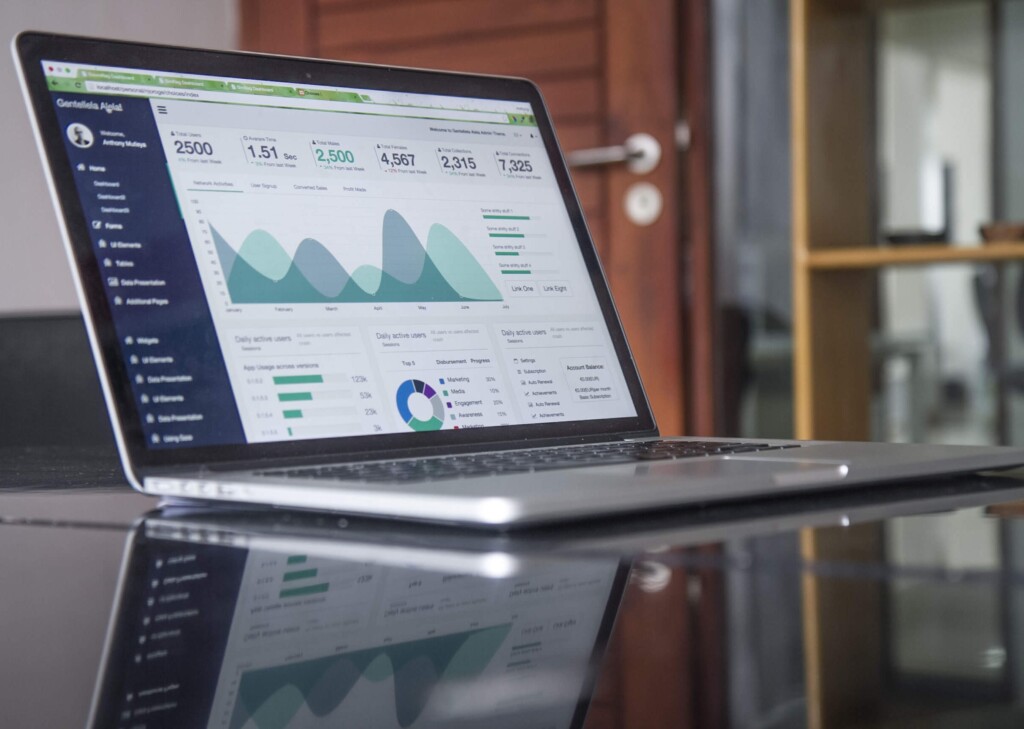
Case APOK: How to monitor buying behavior with data marketing?
How do you respond proactively to customers’ buying behaviour? Dagmar Stessels, data trainee at Ormit Talent, immersed herself for three months in the customer data of facade and roof specialist APOK. The goal? To optimize marketing, internal processes and customer service. Curious about her experiences and approach? Keep on reading!
Hello Dagmar! By way of introduction, can you tell us a bit more about the company you did this data project for?
APOK is the largest distributor of roof and facade materials in Belgium. They have about 30 branches where both individuals and professionals are welcome. Since there was no data marketer employed at the start of the project, I formed my own data team together with Daan, data scientist at Ortec. To gather the necessary input, we worked closely with the marketing manager, the business improvement manager and the business manager of APOK.
What was your assignment?
The data project was part of their customer intimacy strategy and consisted of accurately mapping all customer profiles. This way, they were better able to group their clientele and offer a more personalized service. In addition, we studied which product items were typically purchased in combination with each other.
For example: if you learn from the analysis that customers of product A often also purchase product B and C, you can adjust the location of the products in the store accordingly. This info is also useful for ordering modules. Think of a pop-up with suggested products.
Sounds interesting, how exactly did you go about it?
The first step was to get to know the company thoroughly and determine the right categories and variables. Since I am not at home in the construction world, I could count on APOK’s help for this. The categories we chose included the total purchase amount, the amount of orders and the number of months the customer made a purchase. Afterwards, we performed a cluster analysis on the existing data sets, followed by an association analysis.
What is the difference between the two?
A cluster analysis groups and classifies data based on characteristics. In this project, that was useful for tracking developments in customer purchasing behavior. In an association analysis, we look for relationships between items.
How did you make that data useful to the customer?
I did extensive research into the possibilities and presented three proposals to the client. In the end, the choice fell on an executable. This involved converting the Python script with predictions of the new customer labels into an executable file, which could be used within APOK without requiring knowledge of Python. Of course, we also provided the executable with a clear manual so they could work with it themselves.
The idea is to run the program quarterly to check to what extent buying behavior changes. If one notices, for example, that a loyal all-purpose buyer is starting to take on the profile of an occasional shopper, one can anticipate this in good time.
What challenges have you encountered?
To understand what data you need, you have to ask the right questions. You have to have the courage to ask questions to get to the heart of the problem. That was not obvious at first, but fortunately I was supported in this by Daan, who already has a bit more project experience. Moreover, there was a very open working atmosphere. When you’re working on your first data project you’re not so sure of yourself, so it’s nice to know you can’t ask stupid questions. The training provided by Ormit Talent also helped me a lot.
You have now started on your next assignment, but what will you already take away from the data traineeship?
In addition to the insights about interviewing customers, I also gained quite a bit of self-knowledge during the traineeship. I learned how to communicate in a group and what role I play in it. Although I wasn’t aware of it until now, I am apparently a bridge builder. You really learn a lot of new things about yourself.
A great asset for later! Thanks for the interview and good luck with the continuation of your data traineeship, Dagmar.
Looking for data talent or to become one yourself?
Discover our data talents or apply for our traineeship.